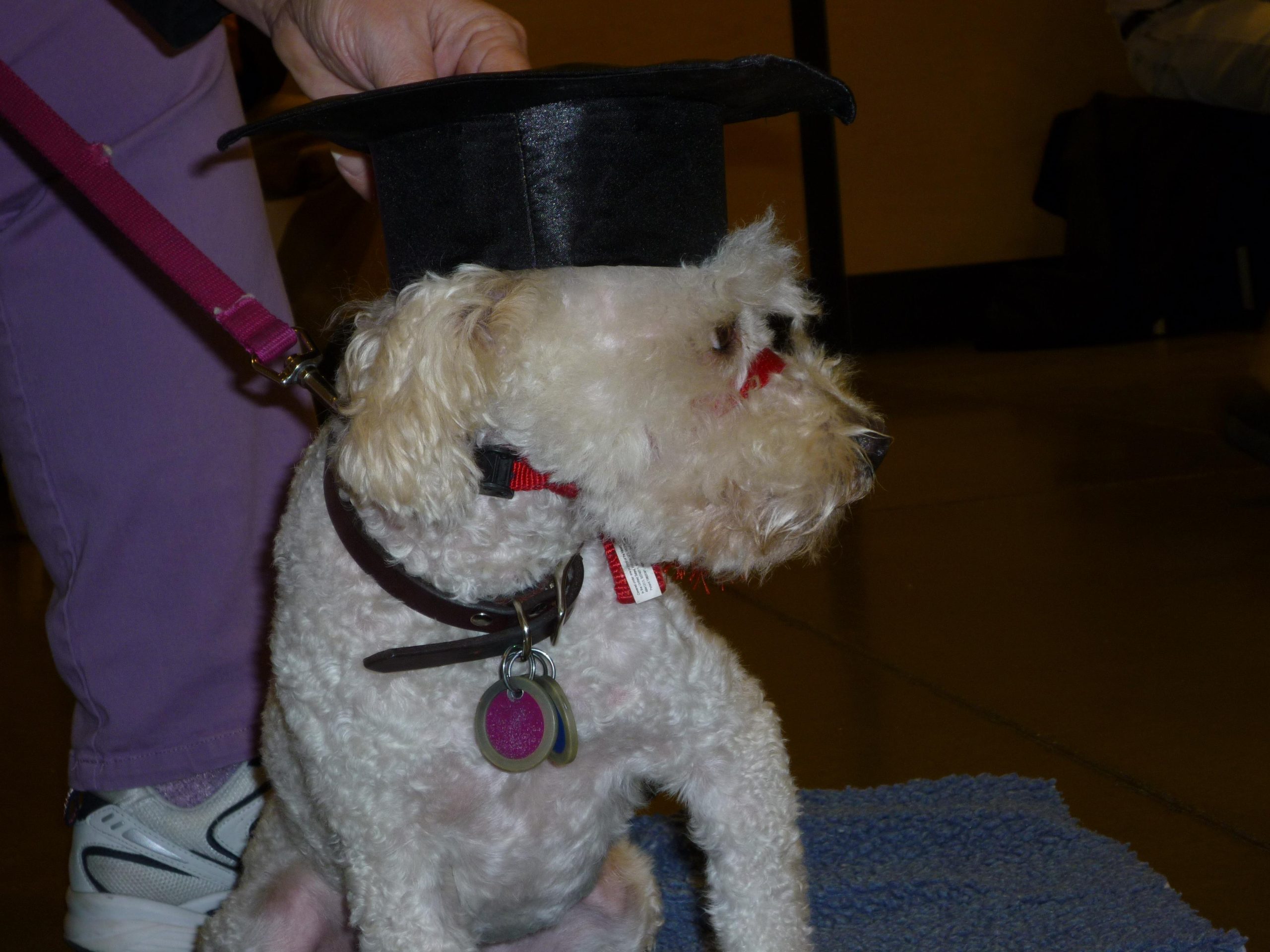How to train a dog to stop barking at the TV

Barking at the television is a common issue faced by many dog owners, and while it may seem like a minor annoyance, it can quickly become a disruptive habit if not addressed. Understanding why your dog reacts to the TV is the first step in managing this behavior. Dogs may bark at the television for various reasons, including excitement, confusion, or perceived threats. By recognizing these triggers, you can implement effective strategies to help your dog remain calm and quiet during your favorite shows. This article provides a step-by-step guide on how to train your dog to stop barking at the TV, offering practical solutions that promote a peaceful and enjoyable environment for both you and your pet.
Understanding Why Dogs Bark at the TV
Many dog owners find themselves perplexed when their canine companions start barking at the television. To understand this behavior, it’s essential to recognize that dogs perceive the world differently from humans. Their acute senses of hearing and sight can pick up on stimuli that might go unnoticed by us. Here are a few reasons why dogs might react vocally to the TV:
- Movement and Sound: Dogs are naturally attuned to motion and noise, which the TV provides in abundance. Fast-paced scenes or sudden noises can trigger their instinct to alert or respond.
- Animals on Screen: Dogs might react to animals they see or hear on TV, as these images can simulate real-life encounters.
- Attention Seeking: Sometimes, barking is a way for dogs to get your attention, especially if they notice that the TV often has yours.
Understanding these triggers can help you address and modify your dog’s behavior more effectively. Recognizing that this is a natural reaction for them is the first step towards creating a peaceful environment for both you and your pet.
Identifying Triggers and Patterns in Your Dogs Behavior
Understanding the root cause of your dog’s reaction to the television is crucial for effective training. Dogs often bark at the TV due to a variety of triggers and patterns in their behavior. Identifying these can help you address the underlying issues more efficiently. Some common triggers include:
- Visual Stimuli: Rapid movements or specific animals on the screen can provoke a barking response.
- Audio Cues: Sudden loud noises or certain pitches may startle or excite your dog.
- Previous Associations: Your dog might associate certain shows or sounds with past experiences.
Observe your dog’s behavior closely to identify any patterns. Do they bark at specific times, such as during action scenes or when certain animals appear? Keeping a behavior log can be helpful in pinpointing these patterns. With this knowledge, you can tailor your training approach to address specific triggers and help your dog remain calm while the TV is on.

Effective Training Techniques to Minimize TV Barking
Training your dog to remain calm when the TV is on requires consistency and patience. Start by identifying what triggers the barking. Is it the sound, the moving images, or perhaps a particular type of show? Once you’ve pinpointed the trigger, gradually desensitize your dog by lowering the volume or playing similar sounds at a low level while rewarding calm behavior. Positive reinforcement is key. Reward your dog with treats or praise whenever they remain quiet during TV time.
- Introduce a command: Teach a command like “quiet” or “enough” during non-TV related barking, then apply it during TV sessions.
- Use distractions: Provide toys or puzzles to keep your dog occupied and less focused on the TV.
- Create a comfortable space: Ensure your dog has a cozy spot away from the TV to retreat to if the stimuli become overwhelming.
For persistent barking, consider consulting a professional trainer who can offer personalized strategies tailored to your dog’s needs. Consistency in training will gradually help your dog associate TV time with calmness rather than a cue to bark.

Tools and Aids to Support Your Dogs Training
Enhancing your dog’s training sessions can be more effective with the right tools and aids. Here are some suggestions to help manage your furry friend’s enthusiasm for barking at the TV:
- Clicker: A clicker can be a powerful tool in positive reinforcement training. Use it to mark the exact moment your dog stops barking, followed by a treat to encourage this behavior.
- Remote-Controlled Treat Dispenser: This gadget allows you to reward your dog from a distance, perfect for when you’re engrossed in your favorite show but want to maintain consistent training.
- White Noise Machine: Sometimes, external noises can trigger your dog’s barking. A white noise machine can help drown out these distractions, keeping your pet calm and focused.
- Training Collar: Consider a gentle training collar that provides a harmless vibration to redirect your dog’s attention when they start barking.
- Interactive Toys: Keep your dog engaged with toys that challenge their mind. A mentally stimulated dog is less likely to react to the TV.
Each tool should be used with patience and consistency, ensuring your dog’s training is both effective and enjoyable for both of you.



